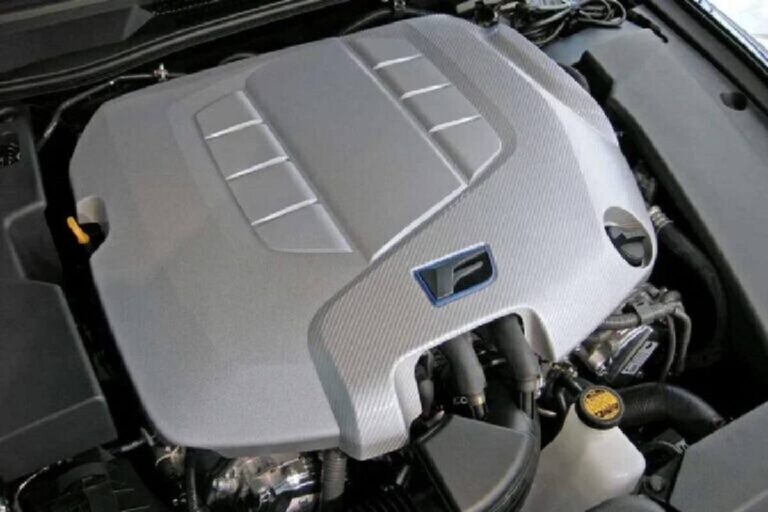The automotive industry is experiencing a major shift as it embraces technological advancements that prioritize sustainability and energy efficiency. This transformation reflects a growing need for alternatives to traditional internal combustion engines, which are notorious for their high pollutant emissions and their role in climate change.
A Revolutionary Step Forward
Enter a groundbreaking innovation from a well-known Japanese company, celebrated for its long history of automotive innovation. This latest creation has the potential to revolutionize how we travel by utilizing advanced technologies that could significantly enhance our driving experience. The company isn’t just aiming to innovate; it aspires to completely transform the automotive landscape. Their new technology could herald the end of our reliance on fossil fuels, paving the way for cleaner, more sustainable mobility.
A Leap in Ecological Impact
From an environmental perspective, this breakthrough represents a far less polluting alternative to gasoline-powered vehicles, with the capacity to reduce our carbon footprint and mitigate the effects of climate change. The implications for cleaner transportation are immense, offering a promising pathway toward a more sustainable future.
Exceptional Features of the Japanese Brand’s Innovation
While the automotive industry has been focusing heavily on electric vehicles to combat pollution, Yamaha’s recent introduction of a V8 combustion engine has caught everyone’s attention. This development challenges conventional expectations, presenting a powerful yet fuel-efficient alternative that blends the robust performance associated with traditional combustion engines with a significantly smaller ecological footprint.
In a remarkable leap forward, hydrogen is taking center stage. A visionary company has unveiled a prototype engine based on Toyota’s reliable 2UR mechanics, pushing the boundaries of conventional technology. What’s particularly intriguing about this engine is its unique design: the exhaust manifolds feature identical lengths for the ducts emerging from each cylinder head. This ensures that the resulting water vapor travels the same distance from each cylinder at the same speed. With a displacement of five liters, this engine generates an impressive 440 horsepower at 6,800 rpm.
A Key Alliance for a Sustainable Future in the Automotive Industry
Recently, the formation of the HySE research technology association, which includes collaboration between Kawasaki, Yamaha, Suzuki, and Honda, has been a significant development. This initiative focuses on creating hydrogen-powered engines for a wide variety of vehicles. Announced by Europa Press, it represents a joint effort to advance clean propulsion technology within the transportation sector.
Just a year after its inception, HySE’s main objective is to innovate in the design and implementation of hydrogen-based energy systems, contributing to emission reductions and fostering environmentally responsible solutions in the automotive industry.
This technological advancement in non-polluting combustion engines marks a significant milestone in the journey toward sustainable transportation. It underscores the commitment of leading companies to create a cleaner, more efficient future in the automotive sector.
With this impressive new V8 engine that emits only water vapor, we are witnessing a major step forward in protecting our environment. As these industry leaders continue to develop innovative technologies, the future of transportation looks promisingly green!






